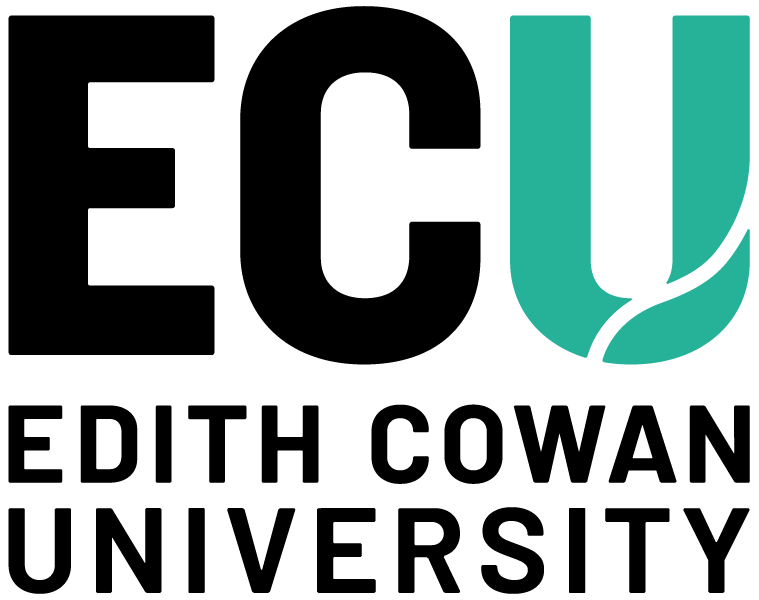Creative Humanities Portfolio Entry
Love to be creative but don't have an ATAR? You may be eligible for entry into one of ECU's Creative Humanities courses through this pathway.
The Creative Humanities Portfolio Entry (CHPE) is a pathway into university for students who are creative and curious people but don't have an ATAR or don’t meet the minimum entry requirements for our courses by another means.
Through CHPE, you can show your unique skills and achievements to demonstrate your motivation and potential for success in your chosen course.
If you can meet the CHPE entry requirements below, the following courses may be available to you:
- Bachelor of Design
- Bachelor of Visual Arts
- Bachelor of Communication
- Bachelor of Screen Production
- Bachelor of Journalism and Broadcast Media
- Bachelor of Creative Writing
CHPE entry requirements
You’ll need to provide:
- an introductory letter
- a digital Creative Portfolio that demonstrates your potential to succeed in your selected course
- your current academic records (e.g. WACE, TAFE or Registered Training Organisation qualifications, industry training or accreditation and workplace training, endorsed programs, university studies, or micro-credentials)
- evidence you meet ECU’s minimum English requirements
Note
Western Australian Certificate of Achievement (WACE) is a minimum requirement for all Year 12 School Leavers.
What to include in your application
- Introduction letter (300 – 500 words) explaining your future career goals, why you want to attend university and why you’ve chosen the course you are applying for. Your letter should reveal your motivation, commitment, and preparation for study at university, as well as highlight any personal attributes, experiences and technical skills you have that are relevant to the course you are applying for. You can use examples of things you have done at school, at work, in the community (sports, volunteering, clubs, etc.) to support your explanations.
- Academic records including WACE, TAFE or Registered Training Organisation qualifications, industry training or accreditation and workplace training, endorsed programs, university studies, or micro-credentials.
- Digital creative portfolio containing examples of your creative work that show your ability to succeed in your chosen course. You need to provide this in an accessible digital format, e.g. PDF with weblinks to digital copies of your work. Physical art or design work should be documented with photographs.
What makes a good portfolio?
A good portfolio should highlight:
- The best of your work. Curate your work to showcase the qualities that will make you a suitable applicant for your selected course. Include work that demonstrates a high level of refinement, but also include preliminary work that shows your initial ideas, research, creative development, and the processes and improvements that led to the final pieces.
- Alignment with your discipline. Where you have examples that relate specifically to your chosen course, e.g. video for Screen Production, or writing samples for Creative Writing, please include these. If you’re relatively new to your discipline, you may include other related examples such as designs, sketches, models, illustrations, material samples, visual diary excerpts, work in progress, scripts and/or storyboards.
- Your unique style. Include examples that show the breadth of your skills across a range of media, but also ensure that the portfolio reflects your personal style and unique creative process. You may choose to include a short description (50 – 100 words) of your work and the thought processes underpinning specific examples in your portfolio.
Length: Aim for around 5 – 10 images for visual samples, up to 2000 words for written samples, or up to 10 minutes duration for audio or video-based samples.
Note
If you have included work made in collaboration with others (e.g. film), please clearly indicate what your individual contribution was. Make sure that any elements that you didn’t create yourself are correctly attributed to their source. To be a strong applicant, you will need to present original work that you have been actively engaged in conceptualising and creating.
How we review your application
Your application will be assessed according to the quality of your letter, academic records and portfolio. We’ll consider your:
- passion for and commitment to study
- potential to succeed academically
- creative and discipline-specific skills
- capacity to demonstrate the personal qualities required for a culture of excellence in the university and your future profession
Note
The success of your application will also be dependent on the number of applications received and available places in terms of teaching capacity and facilities, which may vary between courses.
How to apply
School leavers - upload documents through the TISC application portal.
All other applicants - upload documents through the ECU application portal.
The Important Things
Things you should know about if you're thinking about studying here.
Course Entry
There's more than one admission pathway into an ECU course. It depends on what you've studied already, or your work or life experience.
Fees & Scholarships
Course tuition fees can change, but we can give you an estimate of your costs. If you're eligible, a scholarship or student loan can help too.
Applying
Applying for a course is a fairly simple process, especially if you have scanned copies of qualifications, your resume or other paperwork, ready to upload.
ECU Experience
Starting a course is an exciting and sometimes daunting time, so we make a massive effort to ensure you get all the support you need to have a positive experience.
